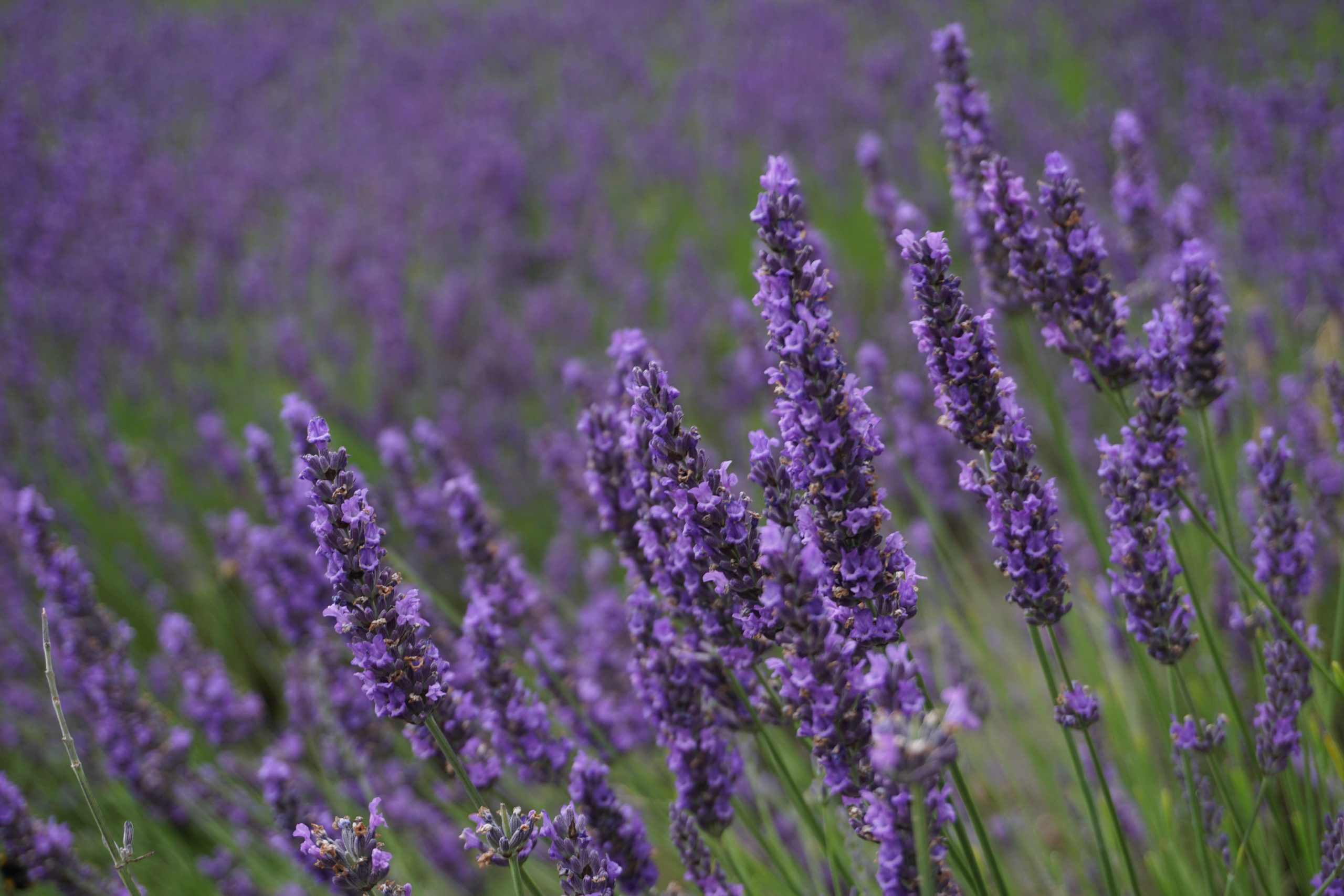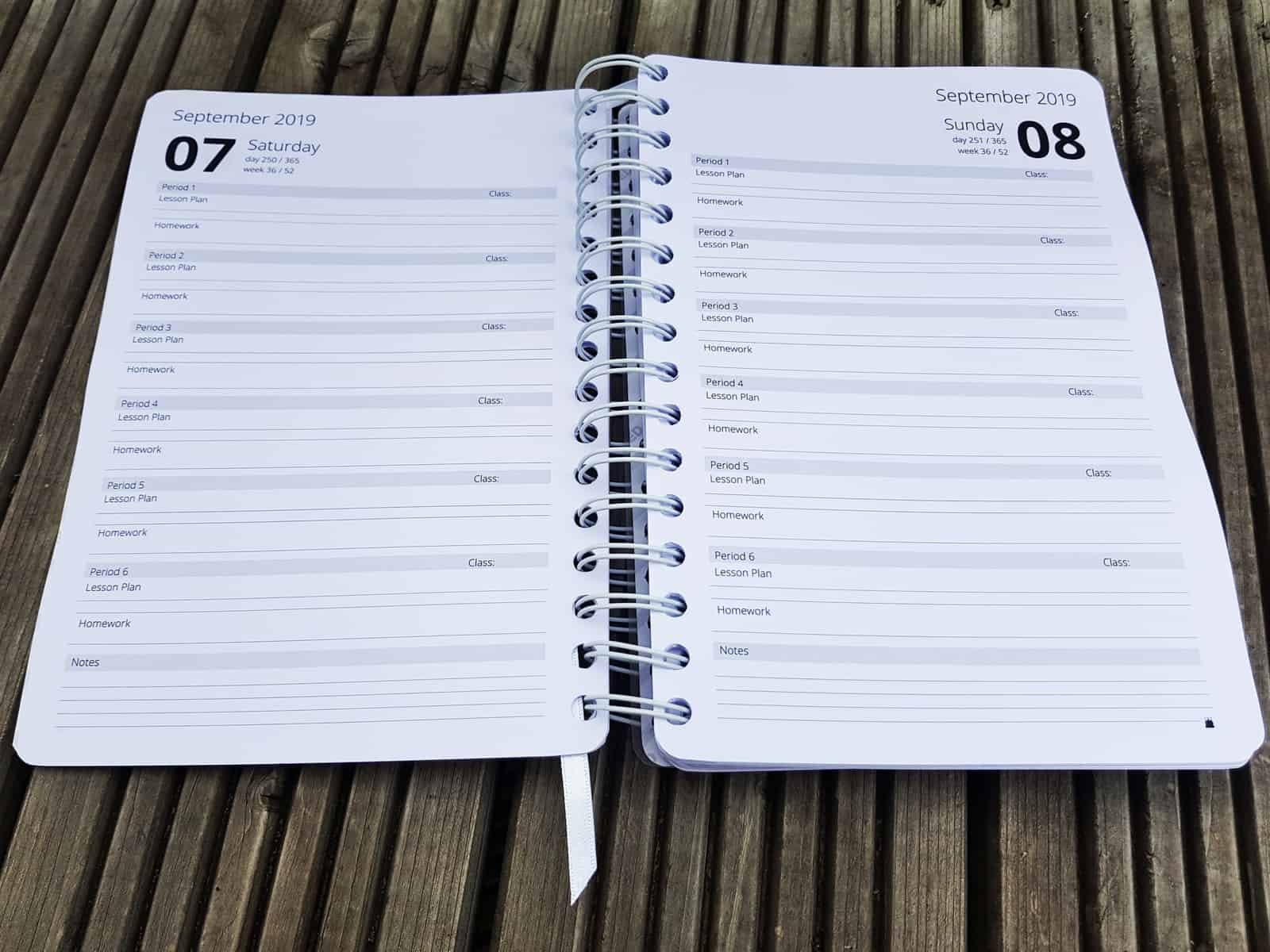Growing Potatoes Through the Cold: Choosing the Right Maincrop Varieties for Your Garden
Collaborative Guest Post
Are you planning on growing potatoes this year? You can grow potatoes throughout the year, but if you plan on growing through the winter months, you need to make sure that you choose the right main crop varieties for your garden. This post will tell you all you need to know so that you can grow your own potatoes for the colder months of the year. Read on to find out more.
What are Maincrop Potatoes & Why They Matter in Colder Seasons
First, it is helpful to define maincrop potatoes. Essentially, these are potatoes planted from late March through to mid-April and left in the ground for up to 22 weeks, which means that harvest usually falls just before the first frost arrives. Maincrop potatoes take the longest to mature but often yield a large, storable harvest compared to earlies (ready from June) and second earlies (mid-summer). UK gardeners cherish maincrop potatoes thanks to their storage potential, with the ability to last throughout the winter months when cured and stored properly.
Selecting the Best Varieties for Chilly Climates
When it comes to choosing potato seeds for cold weather, you want hardy, disease-resistant maincrop varieties. This means choosing potatoes with late blight resistance, frost tolerance, and long-term storage quality. Sarpo, Mira, Valor, and Cara are all strong choices for winter in the UK.
Timing, Planting & Protection in Colder Months
Timing is everything when it comes to growing potatoes in the colder months. You want to plant your potatoes once the soil temperature is consistently 7°C or above, so you need to keep a close eye on this. You should also consider “chatting” seed potatoes, which involves allowing them to sprout in a bright, cool place for between 4 and 6 weeks to give them a head start. Raised beds and containers will warm up quickly, which can help with early growth. You can protect from frost and light exposure by “earthing up”, which means drawing soil around the shoots. Crop rotation is also key – avoid planting potatoes in the same spot to reduce disease pressure.
Challenges, Pests, & Post-Harvest Care
Common threats in the UK colder seasons include late blight, slugs, and potato cyst nematodes (PCN). Planting non-harvest nematode-attracting plants like Solanum sisymbriifolium is proving to be an effective way to reduce PCN populations. Make sure you check for rot regularly, discard any damaged tubers, and allow potatoes to cure for 10-14 days after harvest at around 10-12°C. You can then move them to dark storage at 4-6°C once the skin toughens.
If you plan on growing your own vegetables at home, the information in this post should be useful. You can grow throughout the colder months of the year, but it is important that you know how to do so for the best harvest.


![Smoking CBD Cigarettes – Facts and Benefits [AD]](https://plutoniumsox.com/wp-content/uploads/2022/08/WAY-OF-LEAF-1.jpg)
![Do You Glue or Click Vinyl Flooring? [AD]](https://plutoniumsox.com/wp-content/uploads/2022/08/12.jpg)



